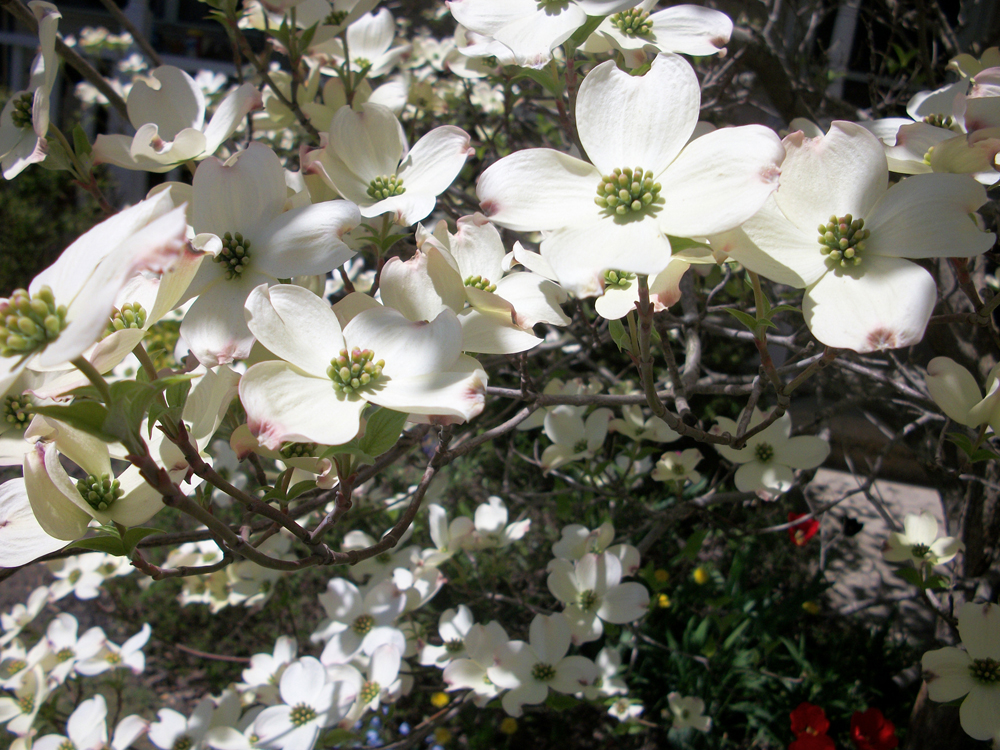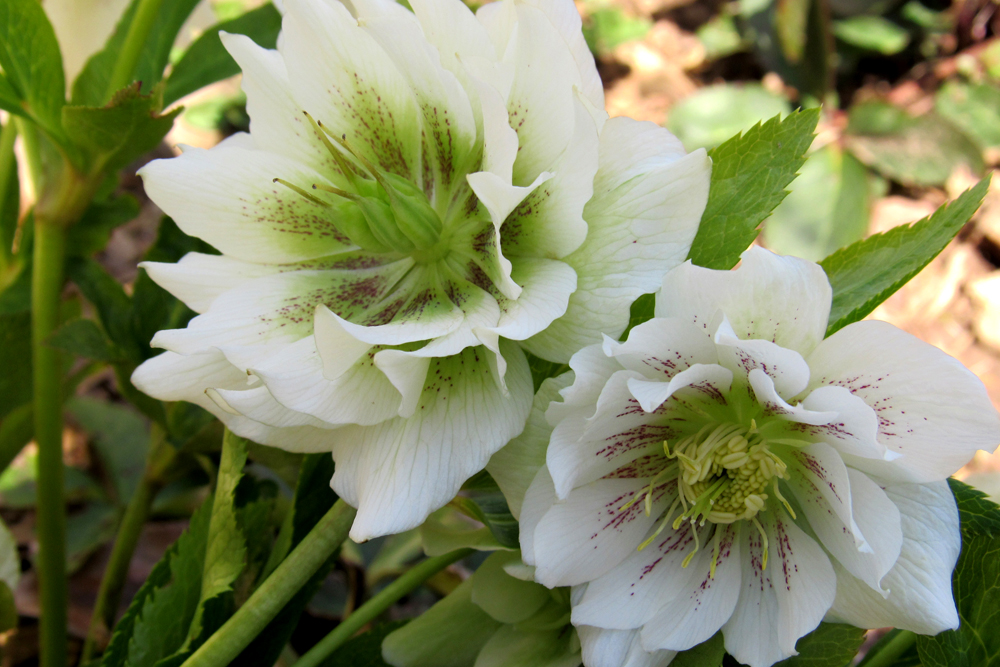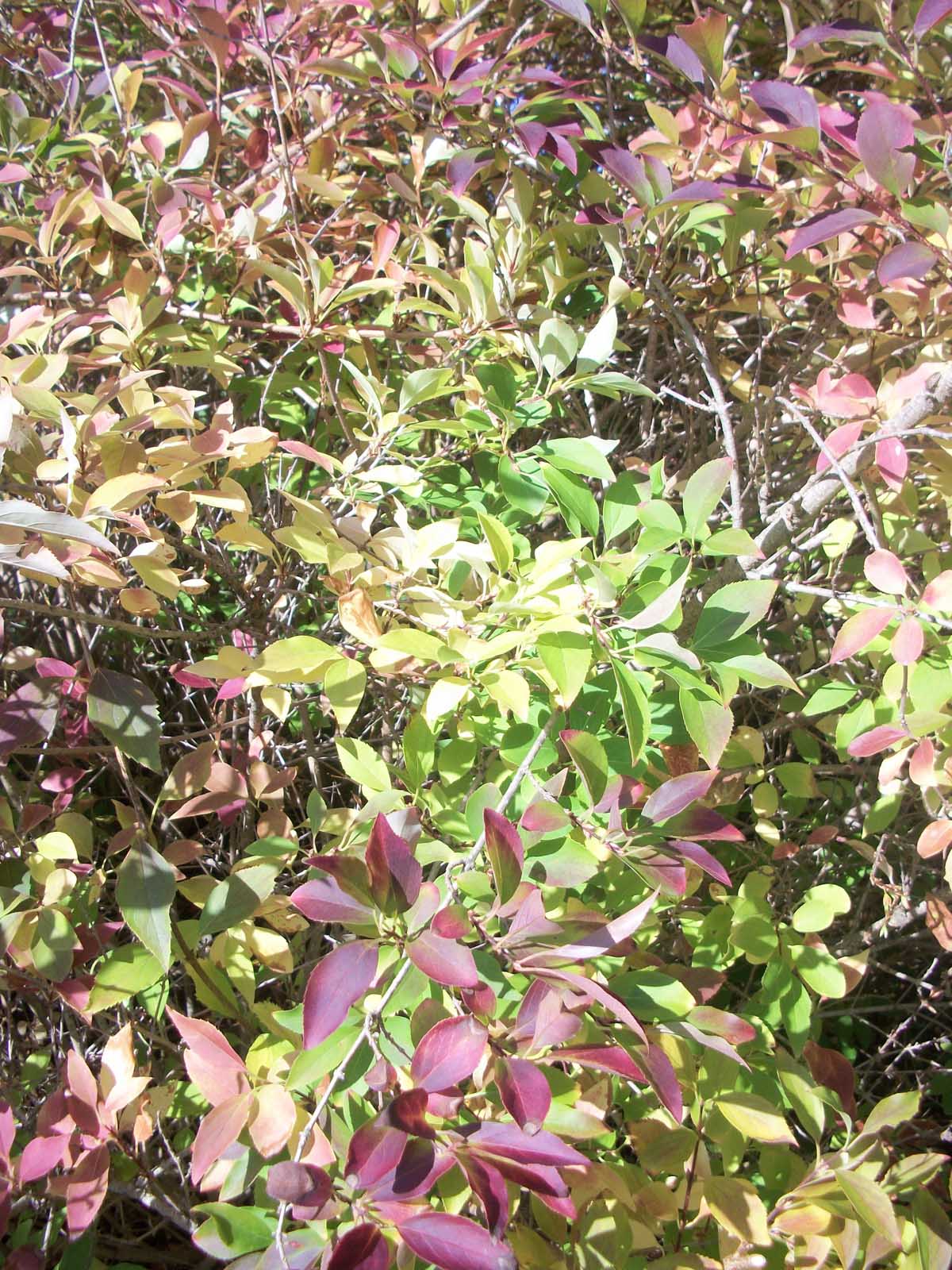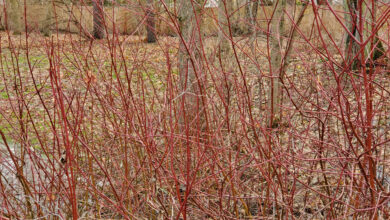Earth Day in your garden

Gardeners have much to celebrate in April – things are finally starting to grow, and the earliest blooming plants are beginning to give us some color in the landscape. April is now celebrated as National Native Plant Month and it’s also the month when we celebrate Earth Day and Arbor Day. Gardeners can observe the eco-centric events this month by taking steps to help the home landscape adapt to changes we are experiencing in our climate, and mitigate greenhouse gas emissions.
According to Cornell University Garden Based Learning, gasoline-powered mowers pollute 10 to 12 times more than the average car when used for an hour. If you have a smaller-sized lawn, consider push mowers or electric lawn mowers. If you have a large lawn, you might consider planting a native meadow in a portion of it to reduce the size of the area you mow.
To make the lawn you have more sustainable, leave grass clippings and chopped leaves on the lawn to improve organic matter. According to Cornell, 18 percent of municipal waste is yard waste like grass clippings that are thrown away. Choose grass varieties that are adapted to local growing conditions, and let your grass grow to 2.5 to 3.5 inches before mowing.
Growing your own vegetables is a great way to reduce CO2 emissions. Growing veggies (and any plant for that matter) can turn your garden into a carbon sink in the soil. A carbon sink is anything that absorbs more carbon from the atmosphere that it releases. Cornell advises to follow these practices to increase carbon-rich soil organic matter while also improving nutrients, water retention, pest resistance and soil fertility: reduce tillage; plant diverse cover crops in the off season; use mulch and compost rather than external nutrients to utilize in-garden fertility; plant diverse plant polycultures, including perennials, when possible; and grow legumes like beans and peas to build nitrogen in the soil and put plant-based proteins on your table.
Plant shade trees which can absorb and store as much as a ton of carbon pollution (CO2) from the atmosphere. Planted near your home, shade trees can reduce energy used for cooling in the summer. Evergreens can provide windbreaks for protection of your home and control of heating costs in the winter.
Finally, plant a diverse array of native species. Celebrate National Native Plant Month and Earth Day by choosing native alternatives which can help minimize the threat of invasive species expansion. Native plants help provide food and habitat for pollinators and support pollinator corridors. They also ensure food webs for wildlife, including the young of many songbirds. Additionally, natives adapt better to changes in precipitation as well as drought.
According to Northeast Regional Invasive Species & Climate Change Management and UMass Extension, increasing temperatures mean native species may have to shift their location in coming decades. Your garden can actually help native species in this “shift” as native plantings of today seed ecosystems of the future. Climate-smart gardening means planting for both present and future conditions using native species adapted to present and future hardiness zones. Many native plants such as New England aster, Northern spicebush and Serviceberry have wide hardiness zones – 4-9, for example. Be sure to check the range of hardiness zones as you add natives to your landscape. Celebrate your efforts, the earth will thank you!






